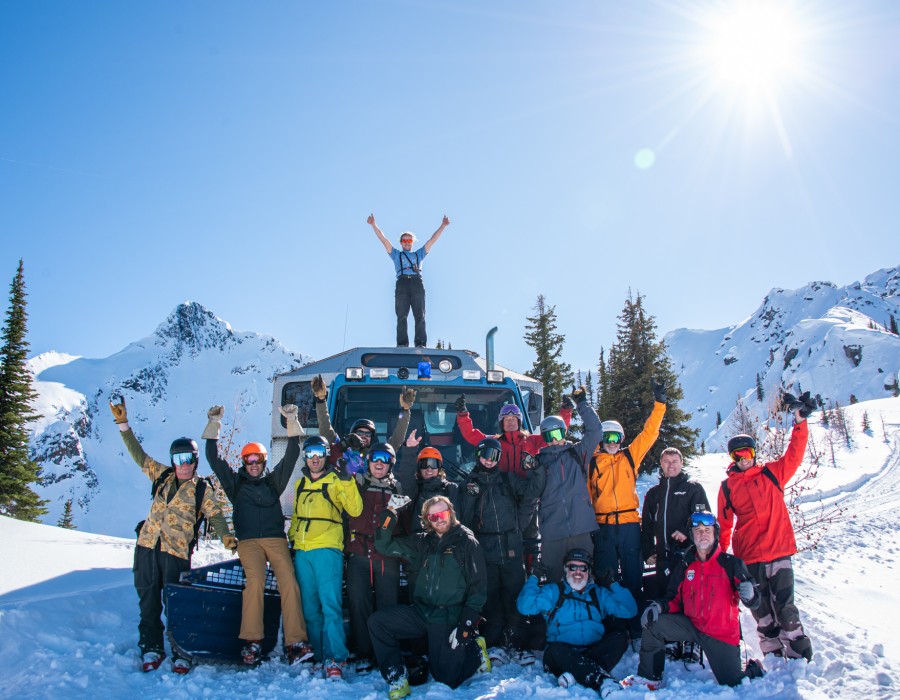Heading out for a backcountry skiing adventure? Whether you're exploring untouched powder fields or tackling challenging terrain, having the right gear is crucial for safety and enjoyment. Backcountry skiing takes you away from the groomed trails and into the wild, so you'll need specialized equipment to make the most of your adventure. Here’s a guide to the essential gear you should have before you hit the powder.
1. Avalanche Beacon
An avalanche beacon is one of the most important pieces of safety gear for backcountry skiing. This device helps rescuers locate you in case of an avalanche. It sends out a signal that other beacons can pick up. Make sure you and your skiing partners have beacons and know how to use them properly.
2. Probe
A probe is a long, collapsible stick that helps you search for someone buried in an avalanche. It’s used in combination with the beacon to pinpoint the exact location of the person in need. Probes are lightweight and easy to carry, making them an essential part of your safety kit.
3. Shovel
A sturdy, lightweight shovel is essential for digging out snow in case of an avalanche or for building snow shelters. Look for a shovel with a strong blade and a comfortable handle. Shovels are often collapsible, making them easy to pack and carry.
4. Backcountry Skis or Splitboard
For backcountry skiing, you’ll need specialized skis or a splitboard. Backcountry skis are usually lighter and have a design that allows for easier climbing. If you’re using a splitboard, it can be separated into two skis for climbing and then rejoined for downhill riding.
5. Climbing Skins
Climbing skins are attached to the bottom of your skis or splitboard to provide traction on uphill climbs. They’re made from materials like mohair or synthetic fibers and are easy to attach and remove. Climbing skins are essential for making your way up snowy slopes.
6. Avalanche Airbag Pack
An avalanche airbag pack can be a lifesaver in case of an avalanche. When deployed, it inflates to help keep you on the surface of the snow and increase your chances of survival. These packs are equipped with an airbag system and usually come with space for carrying essential gear.
7. Helmet
Wearing a helmet is always a good idea, especially in the backcountry. Helmets protect your head from injuries due to falls or collisions. Look for a helmet that fits comfortably and provides good ventilation to keep you cool.
8. Backcountry Backpack
A dedicated backcountry backpack is designed to carry all your essential gear and provide easy access while skiing. It should be comfortable, with adjustable straps and enough space to hold your avalanche safety equipment, snacks, water, and any extra clothing.
9. Proper Clothing
Layering is key for backcountry skiing. Wear a moisture-wicking base layer, an insulating mid-layer, and a waterproof, breathable outer layer. This setup keeps you warm, dry, and comfortable. Don’t forget gloves or mittens, and consider bringing extra socks and a hat.
10. First Aid Kit
A small first aid kit is a must-have for any backcountry adventure. It should include basics like bandages, antiseptic, pain relievers, and any personal medications. Being prepared for minor injuries and emergencies is crucial when you’re far from help.
11. Map and Compass or GPS
Even if you have a smartphone with GPS, it’s a good idea to carry a map and compass as backup. Knowing how to navigate and read maps is important for staying on track and finding your way back if needed.
Conclusion
Equipping yourself with the right gear is essential for a safe and enjoyable backcountry skiing experience. From avalanche safety tools to specialized skiing equipment, each piece of gear plays a crucial role in ensuring your adventure goes smoothly. Make sure you have all the necessary gear before you head out, and always prioritize safety in the backcountry. With the right preparation, you can focus on enjoying the thrill of skiing through pristine, untouched powder.





Comments